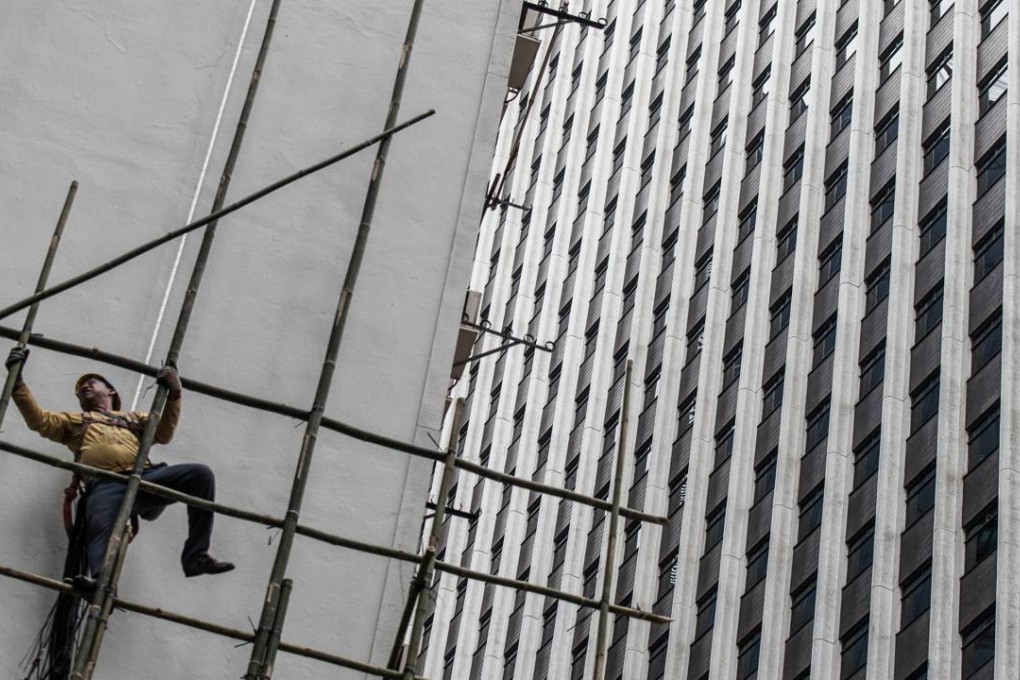Hong Kong’s outdated approach to injury management is not working
The city has a compensation-focused approach to workplace injuries, and employees would be better served by rehabilitation and a timely return to work

Each year in Hong Kong, there are about 55,000 cases of workplace accidents or work-related diseases, resulting in some 200 deaths. In a working population of about 3.9 million, this means a fatality rate of 5.2 deaths per 10,000 workers, which is higher than that observed in Singapore (2.1) or Australia (1.7).
Any injuries affect not only the workers, of course, but also their families. Society suffers, too, in terms of productivity loss and higher costs in compensation and insurance.
The international best practice for managing workplace injuries is early and comprehensive intervention to facilitate workers’ rehabilitation. This is known as the “return to work” model. In our study of Hong Kong practices, however, we found that compensation generally takes priority over rehabilitation.
READ MORE: Hong Kong lags in government regulations for workers’ health and safety
Our legislation for injury management has been stagnant since 1953, and is largely focused on compensation. There is poor awareness of the “return to work” concept. While individual stakeholders have made some effort to promote rehabilitation, such efforts are nearly always made in isolation and largely fail. This creates opportunities for others to step in: some lawyers, for example, take advantage of the vulnerability of injured workers to encourage litigation, which imposes high costs on society and does not necessarily bring financial gain to the workers.
Our research shows that most injured workers want to return to work, but are let down by poor support
Our research shows that most injured workers want to return to work, but are let down by poor support. For example, the public health care system gives little priority to the rehabilitation of injured workers, which results in workers missing their “golden period” of treatment, usually three to six months after an injury. Some workers interviewed reported waiting for up to two years to see an orthopaedic specialist for non-urgent cases.
Often, after receiving their preliminary diagnoses, workers are left to deal with substantial pain through passive treatment approaches like taking rests and physiotherapy.
Companies, too, are slow to accommodate recovering workers, such as by offering modified duties. Moreover, workers sometimes have to deal with prejudice and rejection by co-workers.
In the face of these challenges, Hong Kong does offer some good models to get workers back to work. The Multidisciplinary Orthopaedics Rehabilitation Empowerment programme, led by the Department of Orthopaedics and Traumatology of Chinese University, is one such model. Government support holds the key to promoting such programmes.
